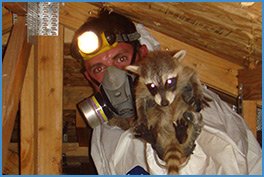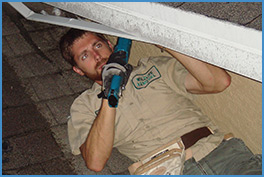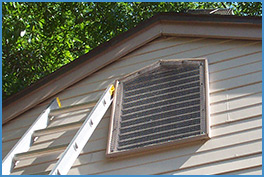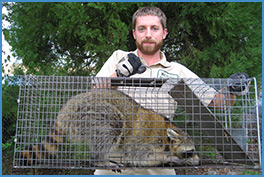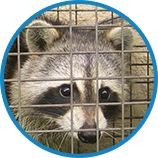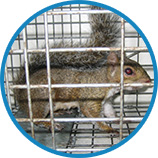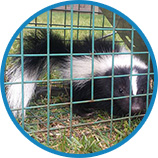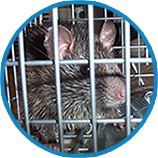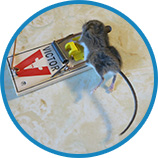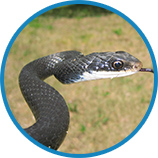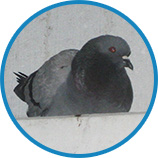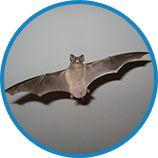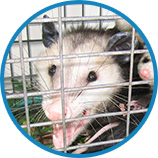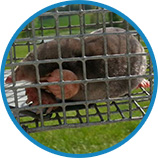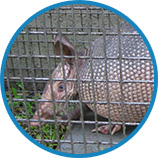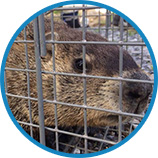Pest Wildlife Control Education
Welcome to Pestanimal.com! We are dedicated to providing education in the field of human-wildlife conflicts. Even though in many instances animals are considered pests, the wild animal removal field is very different from the pest control field. Pest control typically refers to the eradication or population control of insects via the use of chemical means, i.e. poison. Nuisance wildlife removal is the practice of solving wildlife conflicts via methods such as humane trapping and relocation of animals, exclusion of animals from buildings, and preventative techniques. Never hire a pest control company to address a problem animal! Wildlife control is a complex field.
Learn More About Pest Wildlife
We handle a wide variety of nuisance animal species. Several critters commonly break into attics, where they not only cause noise, but damage with their chewing, scratching, nesting, and feces/urine. Raccoons commonly enter attics to raise a nest of young. The same goes for squirrels, which chew their way into your home, and have litters of young twice per year. Rats and mice are notorious for entering buildings and chewing on wires or contaminating food. Other animals sometimes burrow under your house, shed, or porch, including groundhogs, skunks, and in the south, armadillos. Birds, such as pigeons, can be a nuisance when they roost on buildings and leave their droppings behind. The same goes for colonies of bats in buildings. From tunneling moles, to opossums stealing pet food, to a dangerous snake, we seek to educate the public about proper wildlife removal techniques. Select your animal below to learn more information about specific control techniques.
Article of the Month: How to Get Rid Of Bats in Attic

It is true that bats are actually important to stay around the homes as they help to eat up nasty and discomforting insects like mosquitoes they can also constitute nuisance to you. Bat droppings can cause serious damage to your ceiling, attic and insulation as well as infect you with deadly diseases. The issue is that unlike other wide animals which you can easily trap and remove from your property bats are protected by law and killing them is highly prohibited. You are not even allowed to move bats or disturb their habitat in UK and other countries. That is why you must confirm the legislation of country on bat before going ahead to implement any tips you will get here on how to get rid of bats in attic.
Make Sure You Choose Right Time of the Year to Remove Bat
In order to encourage overall survival of bats for them to continue eliminating nesting bugs, you must choose right time of the year to remove them. Confirm if you are dealing with maternity colony as the pups can easily starve to death if you remove the adult when they are not able to fly. That will be inhumane for you to do and will result to discomforting odor from the carcass of the dead pups. If you are in US and Canada you should not disturb bats between 1st May and 31st August.
Find Out the Point Of Entry
Make sure you take your time to inspect the entry and exit point of bats to your attic. You can find out about that by looking out for bat droppings. But, you must try as much as possible to avoid inhaling the droppings while inspecting it due to risk of histoplasmosis. After locating the entry point for the bats, you have to find a way to prevent them from coming back when they go away in the dusk.
Read more on the How to Get Rid Of Bats in Attic page.
Remember when doing city pages that "animal removal" may be as strong as wildlife terms, and I've ignored it.


